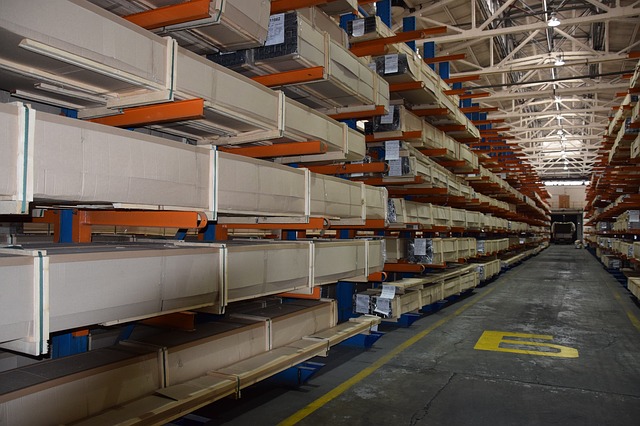Aluminium vs steel – both are essential materials in modern manufacturing but how do they compare for fabrication projects? Let’s dive in and take a look.
Both aluminium and stainless steel are synthetic alloys. That is to say that neither of them can be found in nature and are created using other basic elements.
Aluminium goes through a variety of processes in order to become the shiny silver material that we all recognise. Its basic ingredient is bauxite, a mostly tropical mined mineral. A thick paste, known as alumina is created by grinding the bauxite which is then melted and mixed with molten cryolite and shocked with electricity. This causes the ions to separate and the remaining liquid cools down to become aluminium.
Steel, on the other hand, is a combination of iron and carbon elements. First, iron is mined and smelted after which the impurities are removed before adding carbon to make carbon steel. This material is then used as a base for other forms of steel.
Naturally, there are pros and cons for aluminium vs steel when used in metal fabrication projects. We’re going to cover some of the main differences between the two.
Heat conduction properties
Aluminium is widely used as a passive heat generator in computers and in vehicle cooling systems because of its superior thermal conductivity. Stainless steel, on the other hand, is not as good at transmitting heat. That said, it has a higher boiling point than aluminium which means it can be used across a wider range of temperatures.
Electrical conductivity
Aluminium conducts electricity well, whereas stainless steel is not recognised for its conductive properties. Since it’s a perfect conductor of electricity, and considering its ability to resist corrosion plus its lightweight properties, it’s common to see aluminium sheet metal in car radiators, air conditioning units, and high-voltage overhead power lines.
Ability to resist corrosion
Stainless steel is comprised of copper, iron, manganese and nickel. Chromium is also added because it helps to resist corrosion. Since steel is non-porous, it’s more prone to corrosion and therefore needs to be painted or powder coated to prevent rust.
Aluminium, on the other hand, is highly oxidised, which makes it less likely to corrode because of its passivation layer. Hence aluminium is often used in aircraft because of its flexibility and lightweight, whereas steel is most often used in architectural beams and frames.
Weight considerations
When considering aluminium vs steel, one of the biggest differences is their weight. Carbon steel is relatively heavy. Aluminium is often the preferred choice for some applications because of its lightweight composition. When compared to aluminium, steel is denser which also makes it that much heavier. While mild steel is lighter than carbon steel, it’s also flimsier than the equivalent weight in aluminium. So, overall, when it comes to weight, aluminium is a little ahead of steel – it’s a lightweight, sturdy material.
Strength and durability
In the aluminium vs steel debate, how strong is aluminium compared to steel? The strength of aluminium vs that of steel doesn’t come anywhere close. The amount of carbon in steel makes it both heavy and unyielding. This is particularly the case in carbon steel since the more carbon in an alloy, the harder it becomes.
Mild steel contains a lesser amount of carbon which is why it’s flimsy compared to other types of steel and aluminium. It’s also considerably cheaper.
If you’re still undecided between aluminium vs steel for your next project then why not get in touch with the experts at Metro Steel. We have years of experience and would be happy to assist you. Give us a call on 07 3204 1000 or drop by our facility at 109 Kabi Circuit, Deception Bay.
 Talk to an Expert (07) 3204 1000
Talk to an Expert (07) 3204 1000 Working Hours - Mon – Fri 7:00 AM – 4:00 PM
Working Hours - Mon – Fri 7:00 AM – 4:00 PM
